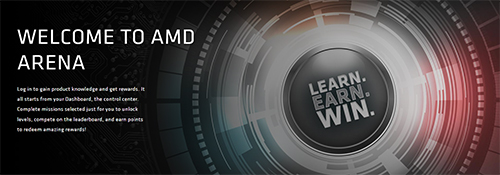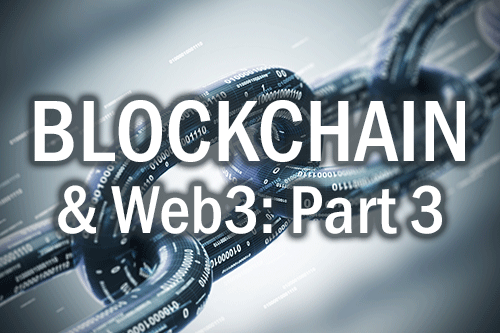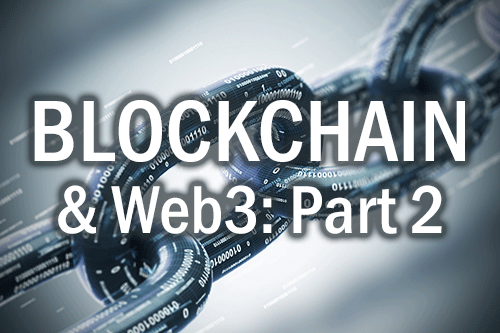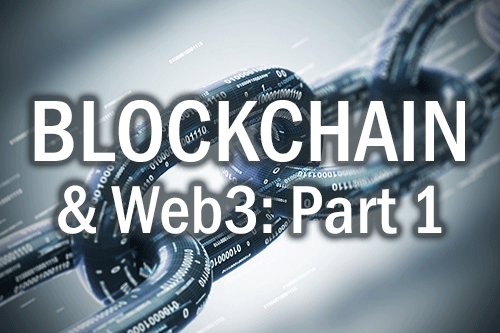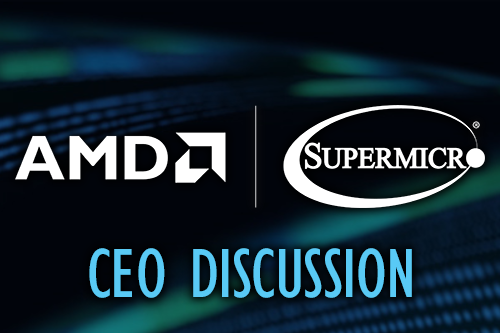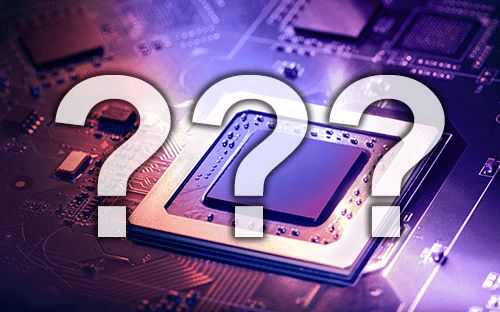Part 1: First There Was Blockchain | Part 2: Delving Deeper into Blockchain | Part 3: Web3 Emerging
No matter how much information an article offers, sometimes you just want a fast, detail-complete answer to your burning question. Here’s nine more answers. We hope the answers to these frequently asked questions — along with the other three parts of the series — address any nagging Web3 and Blockchain questions you may have.
QUESTION: Is Web3, a methodology, a set of principles, a change in the way we do business, a trend, an idea, a philosophy, a fad?
ANSWER: I think Web3 is both philosophical and technical. Philosophical because awareness concerns over data privacy are growing with a few large entities gaining control of the lion’s share of data; prompting the desire for more decentralization. Technical processing and data storage is moved to the edge and decentralized with Web3, and networking is in a peer-to-peer architecture. Hence the catchphrase the edge is the new cloud. I think Web3 is the new Internet, and it's very disruptive. —Eric Frazier, senior solutions manager, Supermicro
QUESTION: What are the key benefits of Web3?
ANSWER:
1. Decentralization (peer to peer network and anyone can be connected with anyone directly
2. Trustless (no intermediary/middleman)
3. Permissionless (anyone can participate without authorization from a governing body
—Jörg Roskowetz, director product management blockchain technology, AMD
QUESTION: How should the data center of an enterprise be equipped to handle blockchain?
ANSWER 1: A tier 3 data center with proper redundancy is highly recommended as well as consistent bandwidth at 10 Gig minimum with 100 Gig recommended. —Michael Fair, chief revenue officer and longtime channel expert, PiKNiK
ANSWER 2: Typically, workstations with complementary GPU coprocessors. —Frazier
QUESTION: What are the benefits of NFTs?
ANSWER: There are several, here are the three more significant benefits:
1. NFTs preserve the information necessary to support collection of royalties, even after multiple resales, with the proper smart contracts in place.
2. NFT’s could lead to the development and growth of a completely new creator economy in which music, video, art, book creators would be in control of their content sales, merchandising, they might even get tokenized payments for fan interaction and avoid any need to transfer ownership to platforms that publicize their content. The long line of business “partners” with their hands out awaiting their cut could be a thing of the past.
3. Inclusive growth: As NFTs bring content creators together into a shared market, a democratization of valuation will most likely occur that will benefit all participants.
—Frazier and Scot Finnie, managing editor, Performance-Intensive Computing
QUESTION: Does Blockchain or Web3 improve security?
ANSWER 1: First, Web3 user-to-platform interactions are confidential and anonymous, both in principle and in practice. This lets individuals realize their self-sovereignty and be assured of the security of their private information. Plus, Web3’s decentralized structure offers inherent security benefits because it eliminates the single point of failure. Blockchains are also composed of several built-in security qualities, such as cryptography, public and private keys, software-mediated consensus, contracts and identity controls. Bitcoin has not been hacked since its inception because the Bitcoin blockchain is constantly reviewed by the entire network. —Frazier
ANSWER 2: Blockchain-based data storage can defeat some types of ransomware, where the data itself is not sensitive but it is unique and irreplaceable. If your data storage system inherently gives you around-the-world redundancy that can survive flood, tornado, fire and so on, that’s increased data security. —Fair and Finnie
QUESTION: What are the advantages of storing enterprise data in a blockchain cloud storage service?
ANSWER: The value proposition for using a service like PiKNiK Web3 Cloud Storage is based on the following differences from traditional cloud storage providers:
1. Significantly lower costs
2. Immutability. The blockchain monitors the data stored and reports back regularly to the customer verifying that the data has not been altered in any way. This is a free service; it’s part of the blockchain protocol.
3. Extra copies can be made anywhere in the world upon customer request. — Fair
QUESTION: What enterprise applications and make good sense for organizations to implement with blockchain?
ANSWER: An InterPlanetary File System (IPFS) storage system, supply chain, logistics, IP protection, licensing --Frazier and Roskowetz
QUESTION: What is the InterPlanetary File System and why does it matter?
ANSWER: The InterPlanetary File System was created by Juan Benet and was initially released as an alpha build in early 2015 (Wikipedia). Benet also founded Protocol Labs and is a Web3 advocate. It is believed that Benet was inspired for various aspects of the code by GitHub, BitTorrent and an MIT Distributed Hash Table (DHT). The DHT assigns a 24-digit immutable hash to identify content by name instead of by location. IPFS may be thought of as a replacement for the location-based addressing scheme that has underpinned the Web for 30 years—the HTTP protocol, written by Tim Berners-Lee. One of the key aspects of IPFS is that works like BitTorrent to leverage downloads by peers to preserve bandwidth. IPFS is a key piece of Web3 architecture. —Finnie
QUESTION: What are “dapps” (decentralized apps)?
ANSWER: Rich MacManus, writing for the New Stack, concluded that the problem with Web3 is dapps. It stands for decentralized app. Apparently, backend coding for a dapp is very different from traditional app coding and focuses on communication with smart contracts. What’s a dapp? Dapps serve the same purpose as apps written for other platforms except that they’re designed to run in a blockchain environment. For a recent list of top 10 Dapps see Geekflare. —Finnie
Other Stories in this Series:
Part 1: First There Was Blockchain
Part 2: Delving Deeper into Blockchain
Part 3: Web3 Emerging
Part 4: The Web3 and Blockchain FAQ



